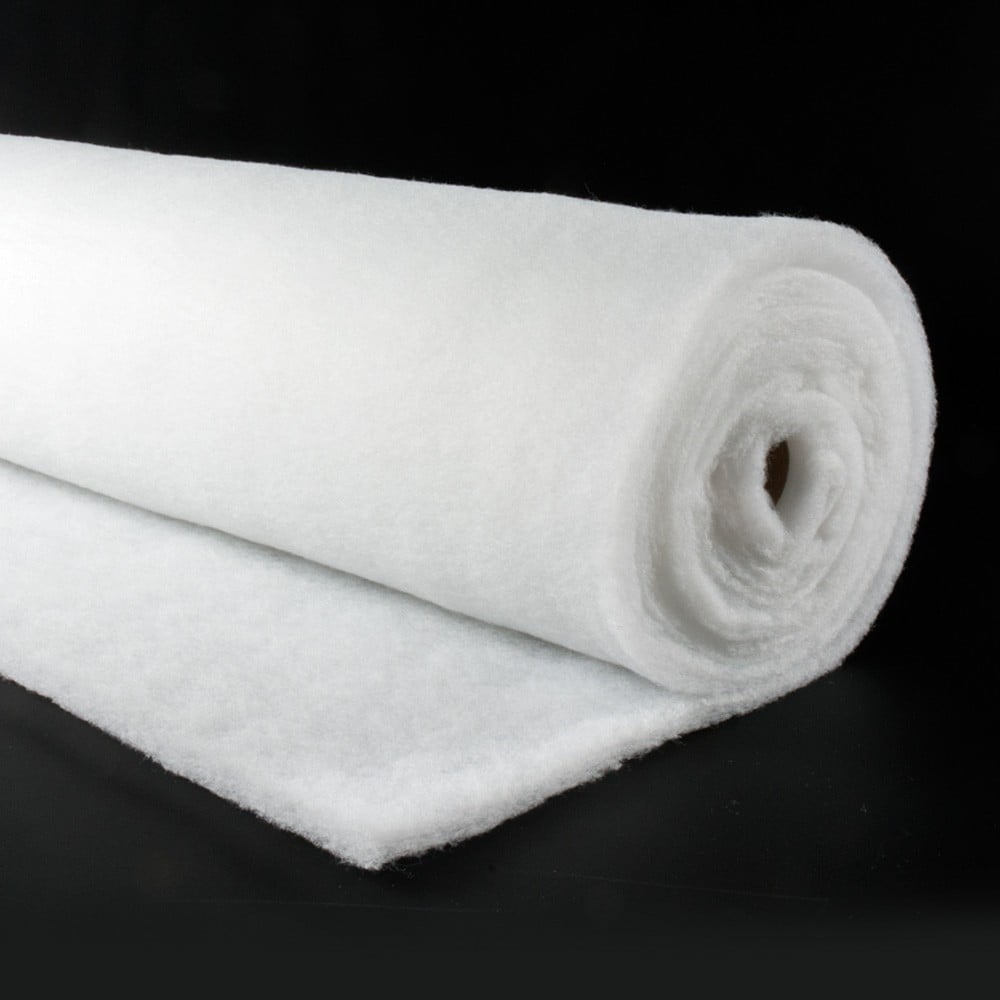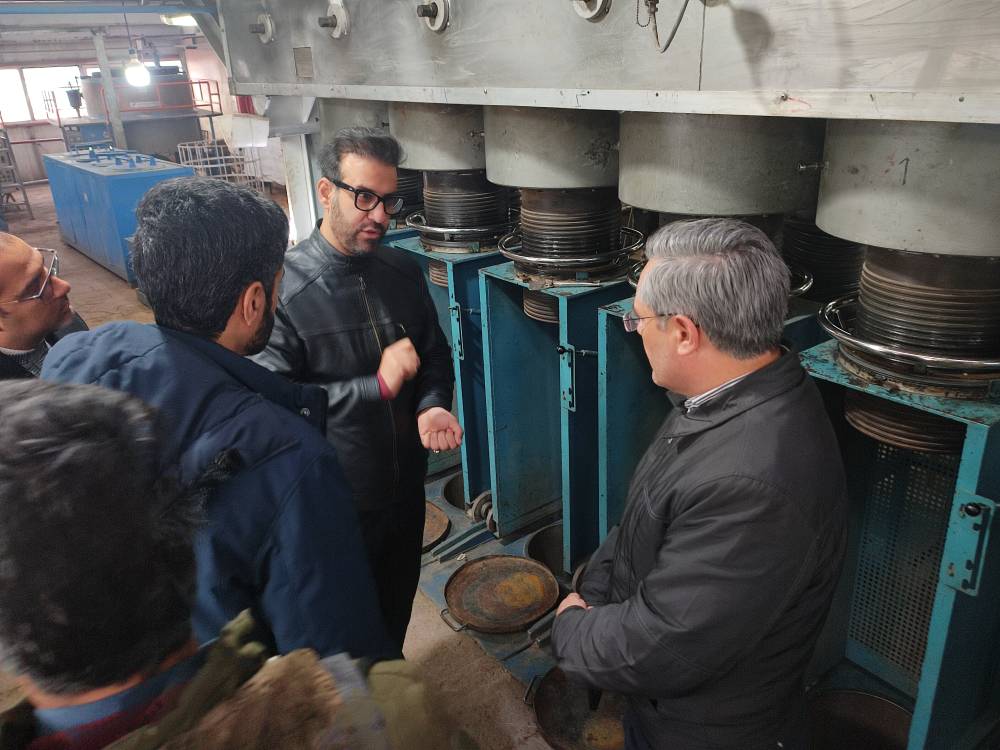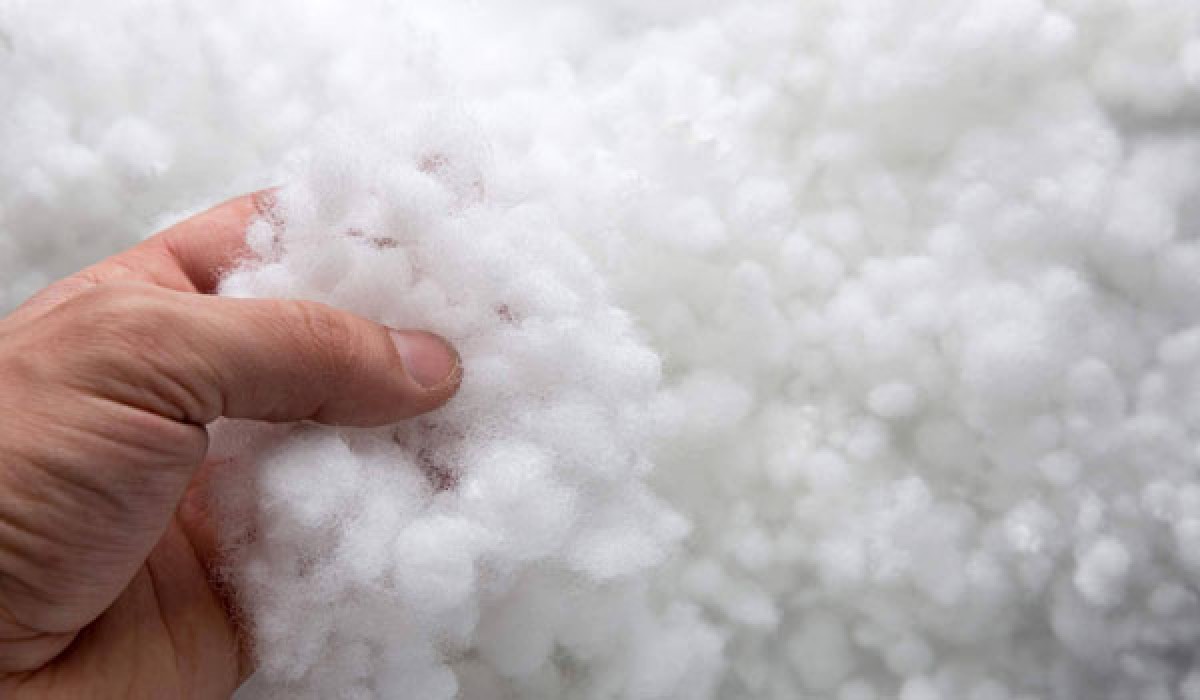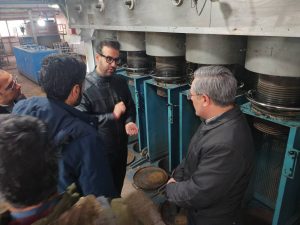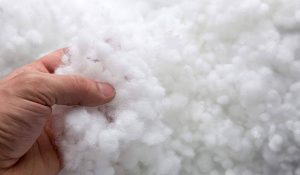To talk about the difference between solid and hollow fibers, you should know that; the production of chemical fibers has a great influence on the development of the textile industry – the range of fabrics is significantly expanded, their properties are improved, new types of fabrics are created due to a mixture of various fibers, etc. Depending on the type of feedstock, chemical fibers can be artificial or synthetic.
The difference between solid and hollow fibers is in their physical, mechanical, and hygienic properties. Their single component is such that allows the fiber to quickly restore its shape after crushing, and to have a high resistance to maintain its shape over time.
The difference between solid and hollow fibers is mainly in thickness, density, degree of twisting of the fibers, and the number of cavities inside them. These indicators affect the level of their physical properties. Some of them are softer, others are easier to pass air, and others retain heat more efficiently. The higher the quality of the feedstock and the more stages the technological process of their manufacture includes, the higher the cost of the filler.
Characteristics of solid and hollow fibers
According to the final processing, polyester fiber is in the form of balls or solid fibers. Polyester is used for sewing outerwear, tents, and awnings – that is, rough products that practically do not let air through.
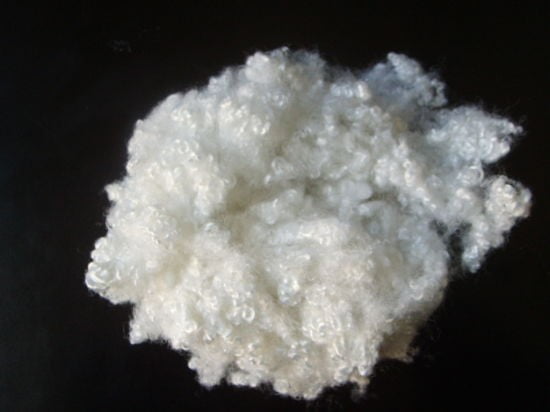
The difference between solid and hollow fibers is mainly based on their appearance. Solid fibers vs. hollow fibers look like a sheet of paper or canvas. Roll fibers are solid ones, which are assembled into rolls. In pillows and blankets, solid fibers are used more often than other fillers and mainly due to their main advantage – low price. Some of their varieties are made from recycled materials and polyethylene waste, but only solid fibers made from polyester fiber are allowed to fill pillows.
Basic properties of solid fiber
High tensile strength; Heat resistance; Hypoallergenic; Solvent resistance; Resistant to abrasion; Elasticity, as a result, the product keeps its shape well; Low thermal conductivity
On the other hand, to know the difference between solid and hollow fibers, it should be mentioned that, a hollow fiber membrane is a membrane that is made up of hollow fibers. Hollow fibers twisted in the form of springs and intertwined with each other. This material quickly recovers its shape and is quite elastic.
To consider the difference between solid and hollow fibers, you need to know that, hollow fibers have more volume, softness, and resilience than solid fibers. In addition, they provide better thermal insulation because the hollow center of the fiber retains the air. Hollow fibers are very versatile and very popular in the bedding industry for several reasons: Economical – they are an affordable, high-quality material. Durable – they are mostly washable, easy to dry, and don’t clump like feathers. Lightweight – they are a soft, lightweight material. Breathable – hollow spaces allow air to circulate for better thermal comfort at night.
After considering the difference between solid and hollow fibers, you need to know that, all these materials are environmentally friendly since no glue is used for their production and they have a certificate of complete hygienic safety.


